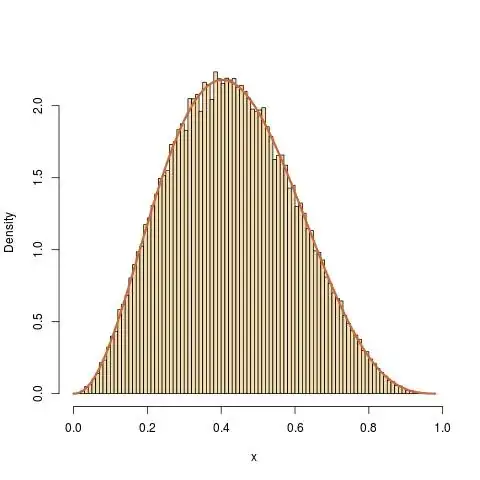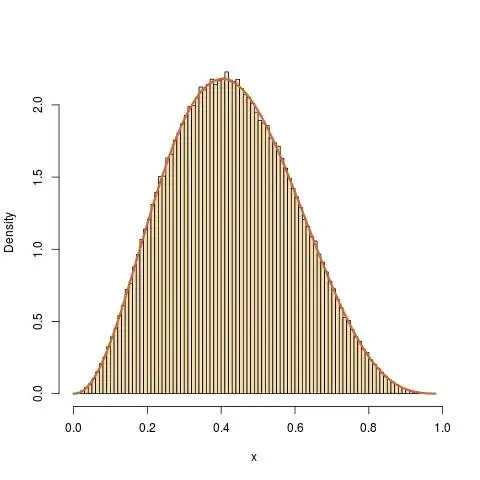This is mostly unrelated: missing normalising constant and dependence
have no logical connection. That is to say, you may have a completely
defined density and be unable to produce iid samples, and you may have
a density with a missing constant and be able to produce iid samples.
If you know a density $f(\cdot)$ up to a normalising constant,$$f(x)\propto p(x)$$there are instances when you can draw independent samples, using for instance accept-reject algorithms: if you manage to find another density $g$ such that
- you can simulate from $g$
- there exists a known constant $M$ such that$$p(x)\le Mg(x)$$
then the algorithm
Repeat
simulate y~g(y)
simulate u~U(0,1)
until u<p(y)/Mg(y)
produces iid simulations from $f$, even though you only know $p$.
For instance, if you want to generate a Beta B(a+1,b+1) distribution from scratch [with $a,b\ge 1$], the density up to a normalising constant is
$$p(x)=x^a(1-x)^b\mathbb{I}_{(0,1)}(x)$$
which is bounded by $1$. Thus, we can use $M=1$ and $g(x)=1$, the density of the uniform distribution in an accept-reject algorithm:
a=2.3;b=3.4
N=1e6
y=runif(N);u=runif(N)
x=y[u<y^a*(1-y)^b]
produces a sample [with random size] that is i.i.d. from the Beta B(3.3,4.4) distribution.

In practice, finding such a $g$ may prove a formidable task and an easier approach is to produce simulations from $f$ by Markov chain algorithms, such as the Metropolis-Hastings algorithm. Given $p$, you chose a conditional distribution with density $q(y|x)$, for instance a Gaussian centred at $x$, and run the following algorithm:
pick an arbitrary initial value x[0]
for t=1,...,T
simulate y~q(y|x[t-1])
simulate u~U(0,1)
compute mh=p(y)*q(x[t-1]|y)/p(x[t-1])q(y|x[t-1])
if (u<mh) set x[t]=y
else set x[t]=x[t-1]
It will generate a sequence $x_0,x_t,\ldots$ which has the following properties
- It is Markov dependent, that is, the distribution of $x_t$ given the past $x_i$'s depends on the realisation of $x_{t-1}$
- It is ergodic wrt to $f$, that is, the distribution of $x_t$ converges to the distribution with density $f$.
To get back to the Beta example, if I use for $q(\cdot|x)$ the normal density with mean $x$ and variance $1$, the code of the Metropolis-Hastings algorithm is
a=1+2.3;b=1+3.4
N=1e6
y=rnorm(N);x=u=runif(N)
for (t in 2:N)
x[t]=x[t-1]+y[t]*(u[t]<dbeta(x[t-1]+y[t],a,b)/dbeta(x[t-1],a,b))
(where the constant in dbeta(x,a,b) does not matter). The result gives a perfect fit to the Beta B(3.3,4.4) distribution, while the sample is correlated.

Another possibility is to use the uniform U(0,1) as transition, independently of the current value:
a=1+2.3;b=1+3.4
N=1e6
y=runif(N);x=u=runif(N)
for (t in 2:N)
x[t]=x[t-1]+(y[t]-x[t-1])*(u[t]<dbeta(y[t],a,b)/dbeta(x[t-1],a,b))
with a similar great and even greater fit. Once again, the sample is made of dependent random variables.



